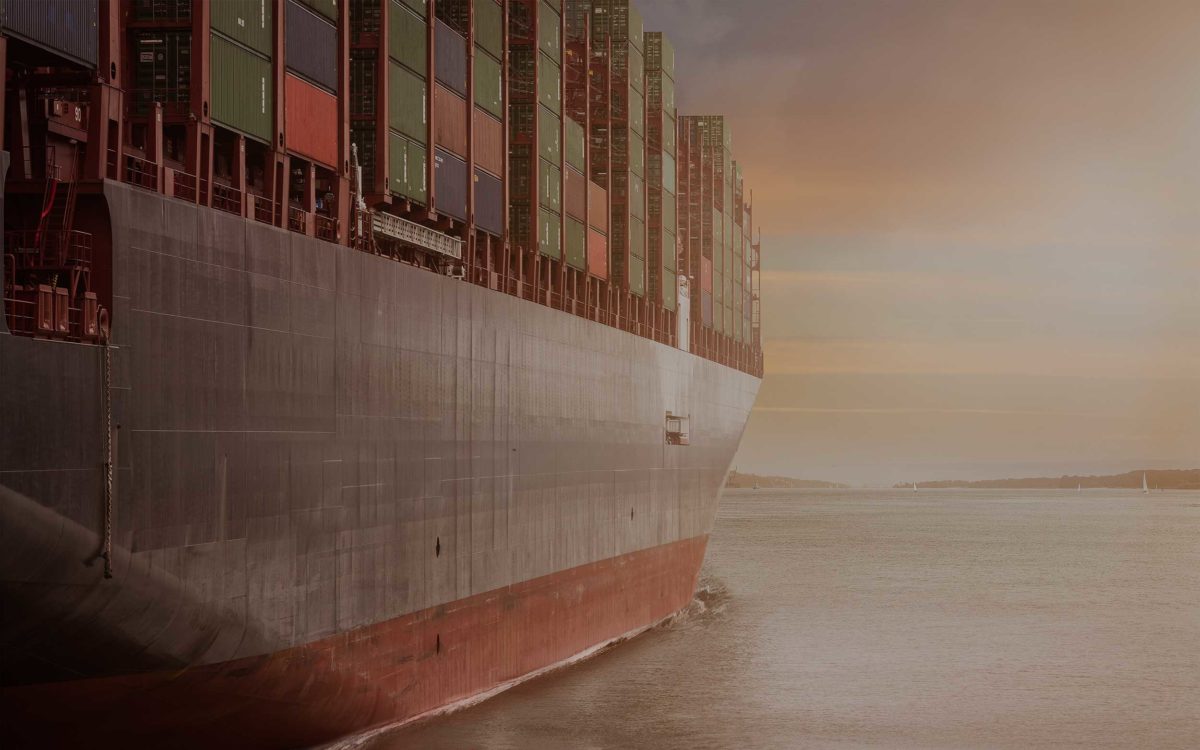Navigating the Seas of Change: How Technology is Transforming Maritime Transport in 2023 and Beyond
August 29, 2015 Maritime Transport
Maritime transport, responsible for over 90% of global cross-border trade, is undergoing a transformative shift driven by technological advancements. Amidst the challenges brought on by the COVID-19 pandemic, the industry is seeking ways to harness technology for a more sustainable and resilient future. A recent collaborative study by the National University of Singapore and Nanyang Technological University sheds light on the Impact of Disruptive Technologies on Maritime Trade and Industry, offering valuable insights. Here are three key insights that set the stage for the convergence of maritime transport and technology.
Technology: A Crucial Lifeline for Maritime Sector in a Post-Pandemic World
Even before the pandemic, the maritime sector faced mounting pressure to adapt. The International Maritime Organization’s ambitious target of reducing annual GHG emissions by 50% from 2008 levels by 2050 underscored the need for cleaner, fuel-efficient technologies. The recent improvement in air quality due to lockdowns highlights the impact of clean technologies on climate and public health.
Efficiency gains are within reach through digital integration. Integrated platforms like Port Community Systems promise to streamline operations by connecting various stakeholders, reducing delays caused by paperwork mismatches. However, only a fraction of IMO members have adopted these platforms.
Digitization not only enhances efficiency but also minimizes physical interactions, a critical consideration in the context of COVID-19. The rise of e-documents enables swift formalities without the need for in-person exchanges.
Policy Power: Governments Pave the Way for Technological Adoption
Governments play a pivotal role in driving technology adoption. Dubai’s blockchain and e-document strategy aims to eliminate a staggering one billion paper documents, resulting in annual savings of US$5.5 billion. Increased adoption could drive down implementation costs for all parties involved.
Supportive policies and incentives are crucial. Canada’s Shore Power Technology for Ports Program, for instance, funds up to 50% of projects bringing electricity from shores to docked ships, reducing reliance on auxiliary diesel engines.
Regulatory sandboxes, piloted by countries like the UK and India, provide controlled environments for testing new technologies and crafting relevant policies. Singapore’s recent trials of smart ships and drones demonstrate a commitment to understanding the impact of technology on a small scale, informing future policy decisions.
Collaborative Ecosystems: The Key to Technological Transformation
Partnerships between policymakers, private sector entities, and academia are breaking down industry boundaries in the pursuit of commercially viable technological solutions.
The Getting to Zero Coalition, an alliance of over 120 companies and policymakers, aims to have commercially viable, zero-emission vessels in operation by 2030. Collaboration focuses on zero-emission fuels, ships, and supportive policies.
International companies and port authorities worldwide have signed agreements to ensure interoperability of global maritime technology platforms, necessitating common data standards and APIs.
Academic institutions, through initiatives like Maritime Technologies Cooperation Centers, are driving the transfer of technical knowledge to developing countries, aiding emission reduction efforts.
Technology holds the key to addressing critical challenges facing the maritime sector. However, its potential can only be fully realized through coordinated efforts, including conducive conditions, incentives, and global knowledge exchange. In charting the future of shipping, stakeholders across the sector must work together—we are all navigating the same waters!


